Home>Garden Essentials>Which Infill Percentage To Use
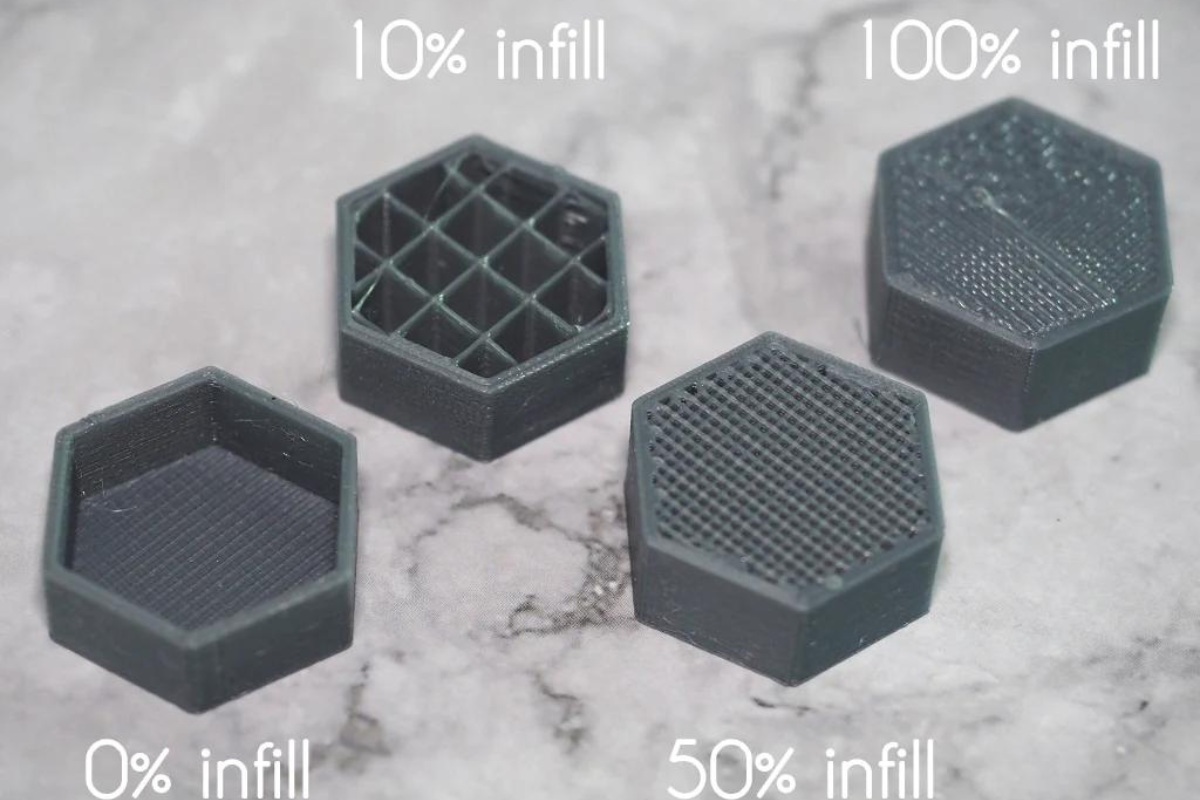

Garden Essentials
Which Infill Percentage To Use
Modified: March 7, 2024
Wondering which infill percentage to use for your garden? Find out how to choose the right percentage for optimum results in your garden.
(Many of the links in this article redirect to a specific reviewed product. Your purchase of these products through affiliate links helps to generate commission for Storables.com, at no extra cost. Learn more)
Introduction
Welcome to the world of gardening! Whether you are a seasoned green thumb or just starting out, understanding the importance of infill percentage is crucial for achieving the best results in your garden. Infill percentage refers to the amount of space within a soil mix that is filled with organic matter, such as compost or peat moss. It plays a vital role in providing the necessary nutrients, moisture retention, and aeration for healthy plant growth.
Choosing the right infill percentage is like finding the perfect balance for your garden. It can significantly impact the overall health and productivity of your plants, so it’s important to take the time to consider various factors before making a decision. In this article, we will explore the definition of infill percentage, its benefits and importance, factors to consider when choosing the appropriate infill percentage, recommended infill percentages for different applications, testing and experimentation, as well as expert recommendations for infill percentage usage.
So, whether you’re planning to start a vegetable garden, cultivate a beautiful flower bed, or simply want to maintain a lush and thriving lawn, understanding how infill percentage plays a role in the success of your gardening endeavors can make all the difference. Let’s dive in and discover the world of infill percentage together!
Key Takeaways:
- Choosing the right infill percentage for your garden is like finding the perfect balance. It helps plants grow strong, retain water, and stay healthy. Experiment and find what works best for your garden!
- Infill percentage is crucial for a thriving garden. It provides nutrients, improves soil, and supports plant growth. Consider factors like plant type and climate, and don’t be afraid to experiment!
Read more: How Much Is Infill Percentage
Definition of Infill Percentage
Before we delve deeper into the importance of infill percentage, let’s first define what it actually means. Infill percentage refers to the proportion of organic matter incorporated into the soil mix. It is typically expressed as a percentage and represents the volume of organic material compared to the total volume of the soil.
The organic matter used as infill can vary, but commonly includes materials such as compost, peat moss, leaf mold, or well-rotted manure. These organic materials enrich the soil by improving its structure and providing essential nutrients for plant growth.
The goal of infill percentage is to achieve a balanced soil composition that allows for optimal root development, water retention, and aeration. Different gardening applications may require varying infill percentages depending on the specific needs of the plants and the desired outcome.
It’s important to note that infill percentage is not the same as soil amendment quantity. Infill percentage refers to the ratio of organic matter to soil, while soil amendment quantity refers to the amount of organic material added to a specific area. Understanding the distinction between the two will help you make more informed decisions when it comes to improving the health of your garden.
Now that we have a clear understanding of what infill percentage means, let’s explore why it is so important in gardening and the benefits it provides.
Benefits and Importance of Infill Percentage
The infill percentage in your garden plays a crucial role in the overall health and productivity of your plants. Here are some of the key benefits and why infill percentage is important:
- Nutrient Enrichment: Organic matter added through infill improves the nutrient content of the soil. It adds essential elements like nitrogen, phosphorus, and potassium, as well as trace minerals that are vital for healthy plant growth. This enrichment promotes stronger roots, vibrant foliage, and bountiful blooms or harvests.
- Improved Soil Structure: Infill enhances the soil’s structure by improving its texture and composition. It helps heavier soils become more friable and well-draining, while it aids sandy soils in retaining moisture and nutrients. The improved structure allows for better root penetration, oxygen circulation, and water absorption.
- Enhanced Water Retention: Organic matter in the infill increases the water-holding capacity of the soil. It acts like a sponge, absorbing and holding moisture for longer periods. This is especially beneficial during dry spells or in hot climates where water conservation is essential. Adequate water retention promotes healthier plants and reduces the need for frequent watering.
- Promotes Aeration: The presence of organic matter in the soil creates air pockets, allowing for better oxygen circulation to the roots. This is important for root respiration and overall plant health. Improved aeration prevents soil compaction, which can hinder root growth and nutrient absorption.
- Encourages Beneficial Microorganisms: Organic matter in the infill provides a food source for beneficial microbes, earthworms, and other soil organisms. These organisms contribute to the breakdown of organic matter, nutrient cycling, and overall soil health. They also aid in disease suppression and enhance the soil’s natural defense mechanisms.
As you can see, infill percentage plays a vital role in creating a nutrient-rich, well-structured, and balanced soil environment for your plants. It provides a host of benefits that contribute to robust plant growth, improved yields, and overall gardening success. Now that we understand the importance of infill percentage, let’s explore the factors to consider when choosing the right infill percentage for your gardening needs.
Factors to Consider when Choosing Infill Percentage
When determining the appropriate infill percentage for your garden, it’s important to take several factors into consideration. These factors will help you make an informed decision and ensure that you choose the infill percentage that best suits your gardening needs. Here are some key factors to consider:
- Plant Type: Different plants have varying nutrient requirements and preferences for soil conditions. Some plants, like vegetables, may benefit from a higher infill percentage to support their rapid growth and nutrient demands. On the other hand, plants that thrive in well-draining soils, such as succulents, may require a lower infill percentage. Consider the specific needs of your plants when determining the infill percentage.
- Soil Type: The existing soil composition in your garden can influence the appropriate infill percentage. If your soil is heavy and clay-like, it may benefit from a higher infill percentage to improve drainage and aeration. Conversely, sandy soils may require less infill to aid in water retention and nutrient availability. Conduct a soil test to determine its composition and make adjustments accordingly.
- Climate and Weather: Environmental factors, such as the climate and weather conditions in your region, play a significant role in determining the infill percentage. In hot and arid climates, a higher infill percentage can help retain moisture and provide insulation for plant roots. In colder regions, a lower infill percentage may be preferable to prevent excessive moisture retention and potential root rot.
- Watering and Irrigation Practices: Your watering and irrigation routine should also be considered when deciding on the infill percentage. If you tend to water frequently or use automated irrigation systems, a lower infill percentage may be suitable to prevent over-saturation and waterlogged conditions. Conversely, if you water sporadically or rely on rainfall, a higher infill percentage can help maintain moisture levels for your plants.
- Maintenance and Longevity: Consider your gardening maintenance habits and the longevity of your planting beds. Higher infill percentages may require more frequent amendments and maintenance to sustain the nutrient levels of the soil. If you prefer a low-maintenance approach or have perennial planting beds, a moderate infill percentage may be easier to maintain over the long term.
- Personal Preferences and Gardening Goals: Lastly, don’t forget to consider your personal gardening preferences and goals. While there are recommended ranges for infill percentages, your specific gardening style and desired outcomes may sway your decision. Experimentation and fine-tuning can help you find the ideal infill percentage that aligns with your preferences and goals.
By taking these factors into account, you can make a well-informed decision when choosing the infill percentage for your garden. Remember that it’s not a one-size-fits-all approach, and adjustments may need to be made as you gain experience and observe the performance of your plants. Now, let’s explore the recommended infill percentages for different gardening applications.
A higher infill percentage, such as 20-30%, will result in a stronger and more durable 3D printed object. However, for objects that don’t require much strength, a lower infill percentage, around 10%, can save time and material.
Recommended Infill Percentages for Different Applications
The recommended infill percentage can vary depending on the specific gardening application. Different plants and gardening methods have unique requirements, and the infill percentage should be adjusted accordingly. Here are some general guidelines for infill percentages in various gardening applications:
- Vegetable Gardens: For vegetable gardens, a recommended infill percentage falls within the range of 20% to 30%. This higher infill percentage provides the necessary nutrients, water retention, and aeration for optimal plant growth and high-quality yields.
- Flower Beds and Ornamental Gardens: Flower beds and ornamental gardens can benefit from a slightly lower infill percentage, typically ranging from 15% to 25%. This range maintains adequate soil fertility and structure while allowing for drainage and root development.
- Lawns and Turf: Lawns and turf areas require a relatively lower infill percentage compared to other applications. A range of 5% to 15% is sufficient to promote root growth, nutrient availability, and water infiltration for a lush and healthy lawn.
- Container Gardening: Infill percentages for container gardening vary depending on container size and material. Typically, a range of 30% to 50% is recommended to ensure proper drainage, aeration, and nutrient availability in the limited space of containers.
- Raised Beds: Raised beds, which often combine native soil with additional soil amendments, benefit from a moderate infill percentage. A range of 15% to 25% is commonly recommended to promote nutrient retention, water drainage, and healthy root development.
- Indoor Gardening: Indoor gardening, such as growing plants in pots or hydroponic systems, may require a higher infill percentage for optimal plant growth. Depending on the specific indoor gardening method, infill percentages can range from 30% to 50%, ensuring adequate nutrient availability and root support in these controlled environments.
Keep in mind that these are general recommendations, and adjustments may be necessary based on the factors discussed earlier. It’s important to observe your plants, monitor soil conditions, and make adjustments as needed to achieve the best results in your specific gardening application.
Now that we have explored the recommended infill percentages for different gardening applications, let’s move on to the importance of testing and experimentation with infill percentages.
Testing and Experimentation with Infill Percentages
While there are recommended infill percentages for different gardening applications, it’s important to remember that every garden is unique. Factors such as soil type, climate, and plant preferences can influence the optimal infill percentage for your specific garden. This is where testing and experimentation come into play.
Testing different infill percentages allows you to fine-tune your gardening practices and find the sweet spot that best suits your plants’ needs. Here’s how you can conduct tests and experiments with infill percentages:
- Start with Recommended Range: Begin by using the recommended infill percentage range for your specific gardening application. This provides a good starting point and a baseline for comparison.
- Divide the Garden: Divide your garden into different sections or beds and assign a different infill percentage to each area. For example, you can allocate 20% infill to one section, 25% to another, and 30% to a third section.
- Observe Plant Performance: Over time, carefully monitor the growth and performance of plants in each section. Look for differences in vigor, leaf color, flowering, and overall health. This will help you assess which infill percentage is yielding the best results.
- Adapt and Adjust: Based on your observations, make necessary adjustments to the infill percentages in each section. Increase or decrease the infill percentage as needed to further optimize plant health and growth.
- Collect Data: Keep detailed records of each section’s infill percentage, plant varieties, and their performance. Note any significant differences or patterns that emerge. This data will be invaluable for future reference and refining your gardening practices.
- Continual Refinement: Gardening is an ongoing learning process, and infill percentage experimentation should be viewed as a continual refinement. As you gain experience and knowledge, you can further fine-tune the infill percentages to achieve even better results.
By conducting tests and experiments with different infill percentages, you can discover the optimal balance for your garden. Remember, every garden is unique, and what works for one may not work for another. It’s all about finding the right combination of factors that promote healthy plant growth and overall gardening success.
Now, let’s explore some expert recommendations for infill percentage usage to guide you in your gardening journey.
Expert Recommendations for Infill Percentage Usage
When it comes to determining the ideal infill percentage for your garden, it’s helpful to consider the insights and recommendations of gardening experts. While there is room for experimentation and customization, these expert recommendations can serve as valuable guidelines. Here are some expert recommendations for infill percentage usage:
- University Extension Services: University extension services are excellent sources of research-based information for gardening. They often provide specific recommendations for different regions and gardening applications. Check with your local extension service or visit their website for guidance on infill percentage usage in your area.
- Master Gardeners: Master Gardeners are highly trained volunteers who offer gardening advice and recommendations based on their extensive knowledge and experience. Local Master Gardener programs can provide valuable insights into infill percentages suitable for your specific gardening needs.
- Gardening Books and Websites: Reputable gardening books and websites authored by horticulture experts can be excellent sources of information. Many provide infill percentage recommendations based on plant type, soil type, and other relevant factors. Look for trusted sources to ensure accurate and reliable recommendations.
- Gardening Communities: Engaging with fellow gardeners through local gardening clubs, online forums, or social media groups can yield valuable insights. Experienced gardeners can share their own infill percentage recommendations based on their successes and challenges in various gardening scenarios.
- Professional Gardeners and Consultants: If you have a specific gardening project or need personalized advice, consulting with professional gardeners or horticultural consultants can be beneficial. They can assess your garden’s unique conditions and make tailored recommendations for optimal infill percentage usage.
It’s important to note that while expert recommendations provide valuable guidance, they should be considered in conjunction with your own observations and gardening goals. Every garden is distinct, and it’s essential to find the infill percentage that best suits your specific circumstances.
Remember, gardening is a continuously evolving process, and what works best for one gardener may not work for another. Embrace a spirit of experimentation and openness to refining your infill percentage over time as you learn more about your garden and its needs.
Now, let’s summarize what we’ve discussed so far before concluding.
Conclusion
Understanding and choosing the appropriate infill percentage is an essential aspect of successful gardening. Infill percentage, which refers to the amount of organic matter incorporated into the soil, plays a vital role in providing nutrients, improving soil structure, enhancing water retention, promoting aeration, and supporting beneficial soil microorganisms.
When determining the infill percentage for your garden, consider factors such as plant type, soil type, climate, watering practices, maintenance preferences, and your gardening goals. These factors will help you make an informed decision and ensure optimal plant growth and productivity.
Experimentation is key when it comes to finding the ideal infill percentage for your garden. Test different infill percentages, observe plant performance, and make adjustments as needed to tailor the infill percentage to your specific garden conditions. Keeping detailed records of your observations and experiences will contribute to your gardening knowledge and allow for continual refinement.
Expert recommendations, from university extensions, master gardeners, gardening resources, and professional gardeners, can provide valuable guidance in determining appropriate infill percentages. However, it’s important to remember that every garden is unique, and what works for one may not work for another. Trust your own observations and adapt the recommendations to suit your garden’s needs.
As you embark on your gardening journey, remember that infill percentage is just one piece of the larger gardening puzzle. It’s essential to consider other factors, such as proper watering, suitable plant selection, and pest management, in conjunction with infill percentage for a thriving garden.
So, whether you’re tending to a flourishing vegetable garden, creating a stunning flower bed, or maintaining a lush green lawn, pay attention to the infill percentage and its impact on the health and productivity of your plants. With careful consideration, experimentation, and the expert recommendations, you’ll be on your way to a garden that flourishes with vitality and beauty.
Happy gardening!
Frequently Asked Questions about Which Infill Percentage To Use
Was this page helpful?
At Storables.com, we guarantee accurate and reliable information. Our content, validated by Expert Board Contributors, is crafted following stringent Editorial Policies. We're committed to providing you with well-researched, expert-backed insights for all your informational needs.
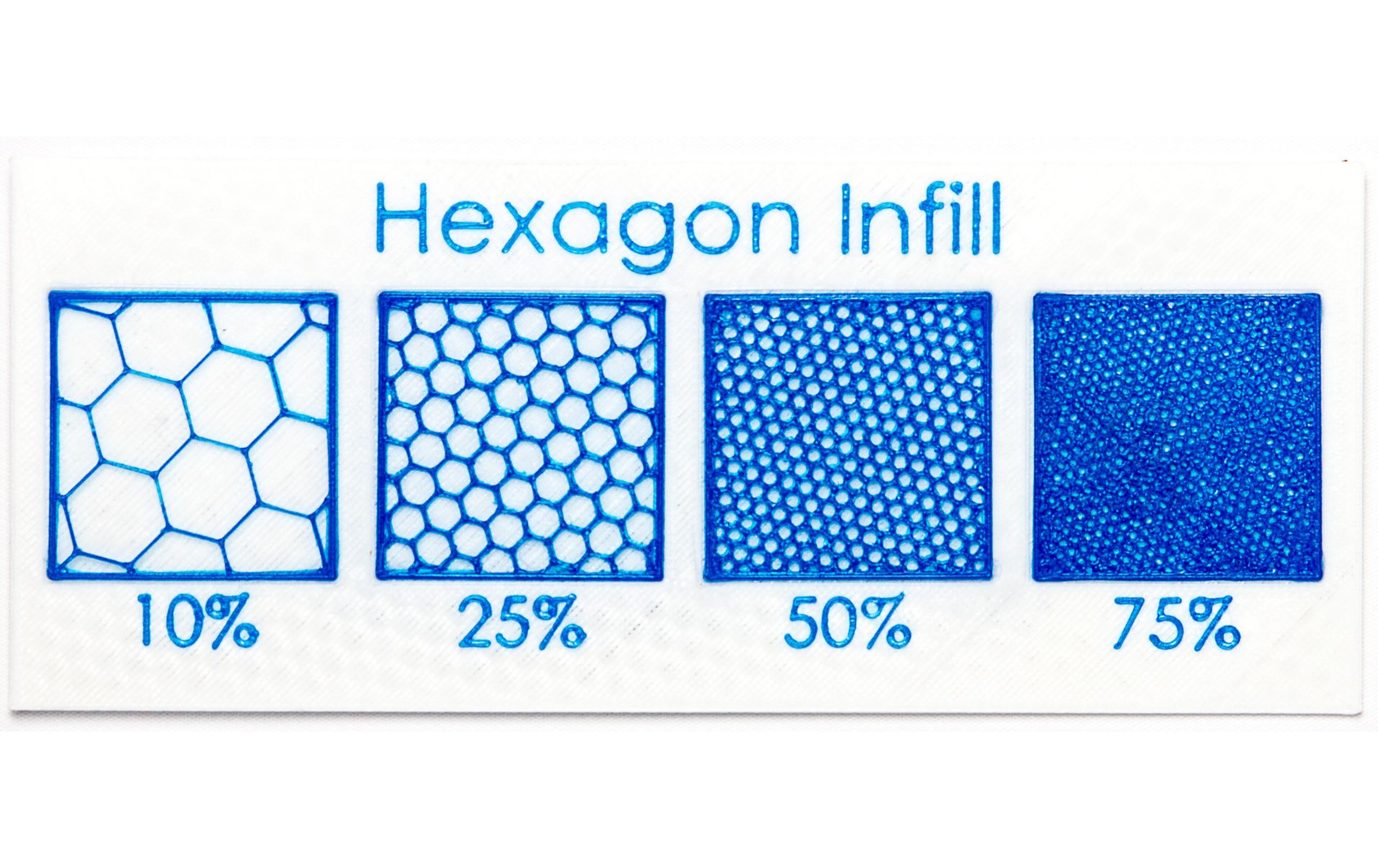
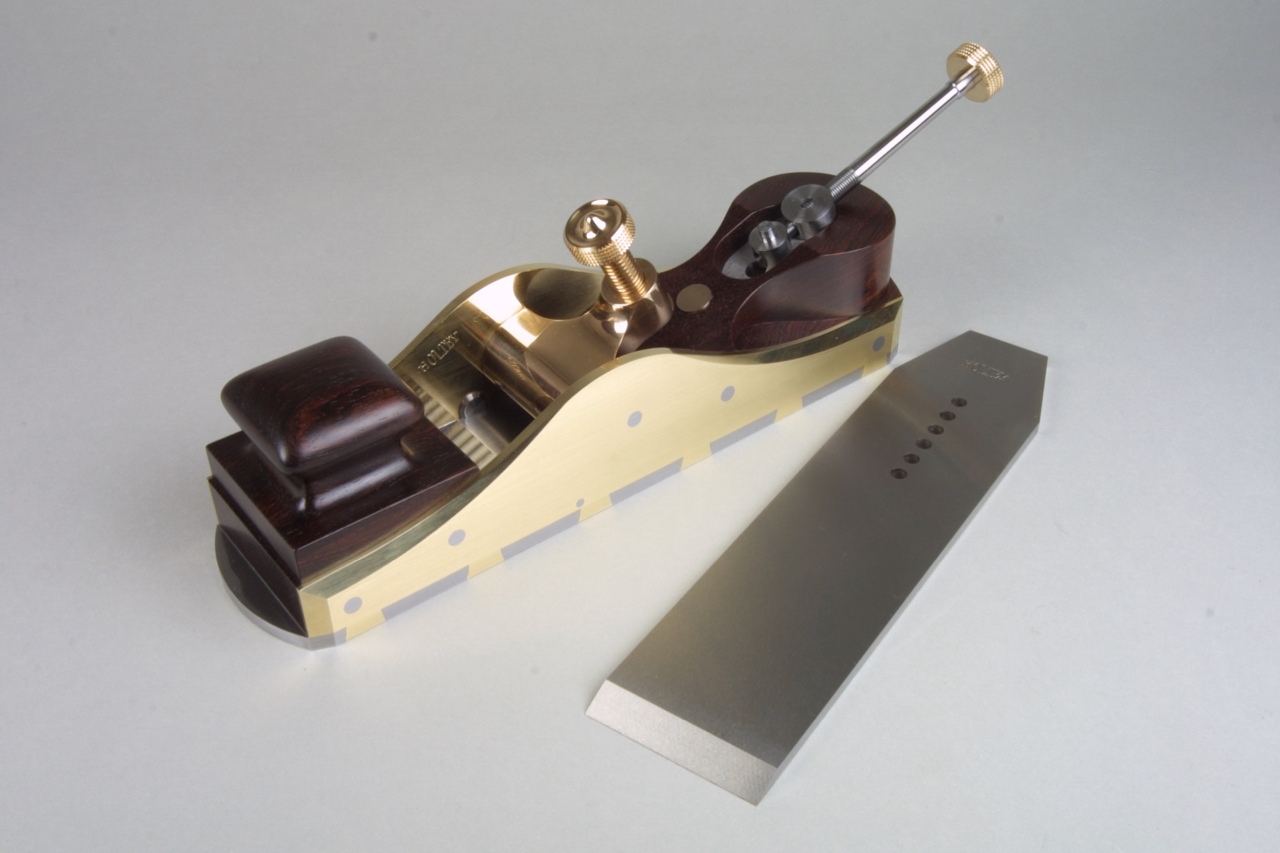



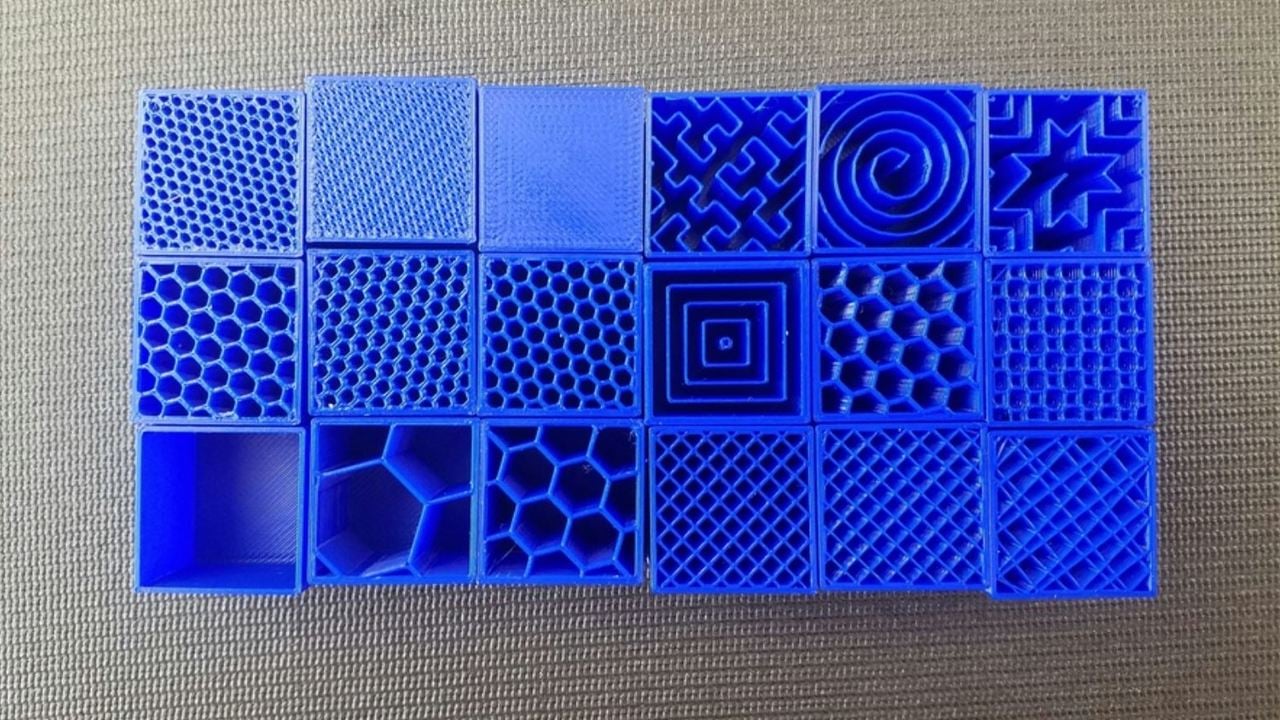
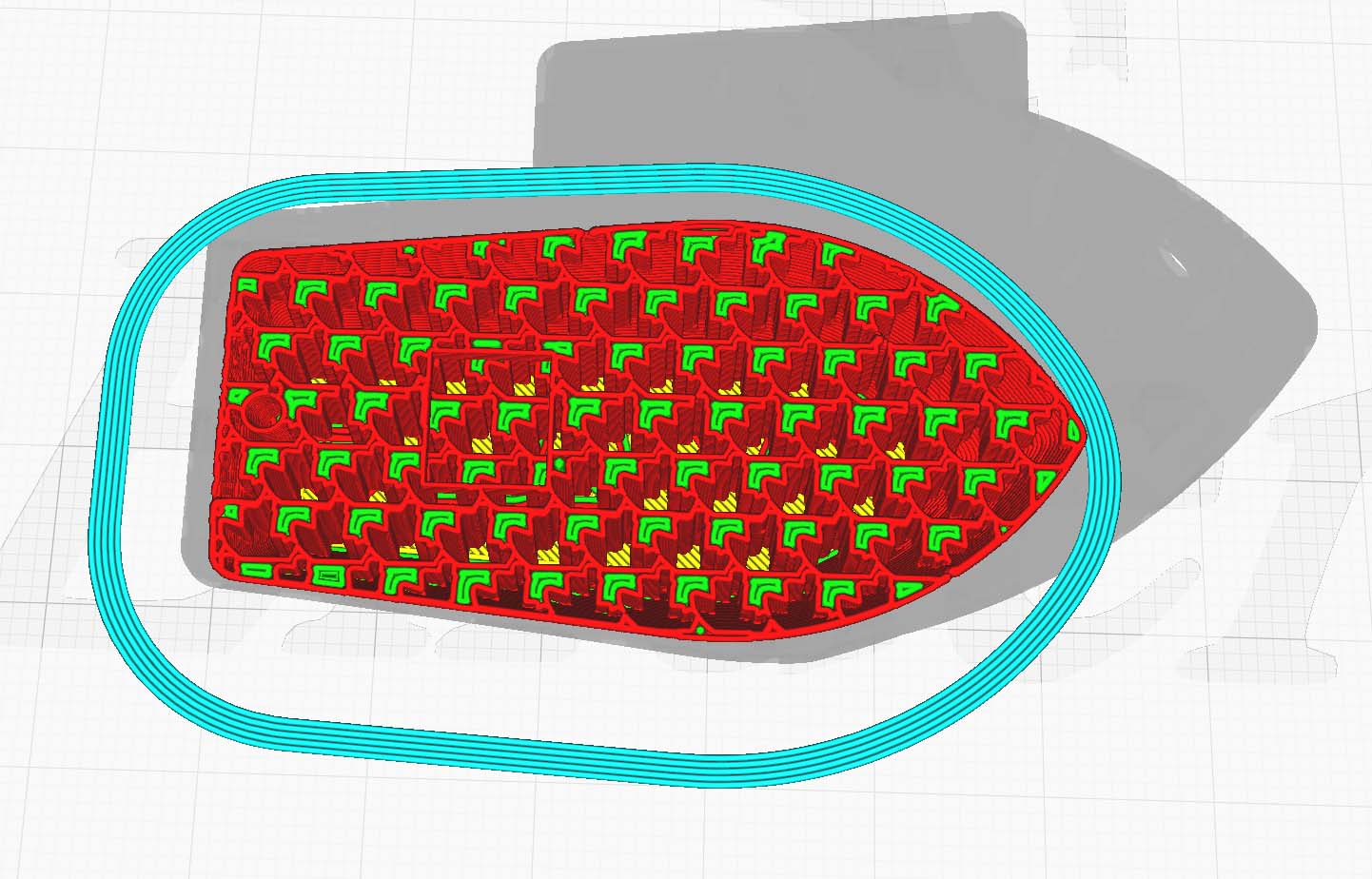
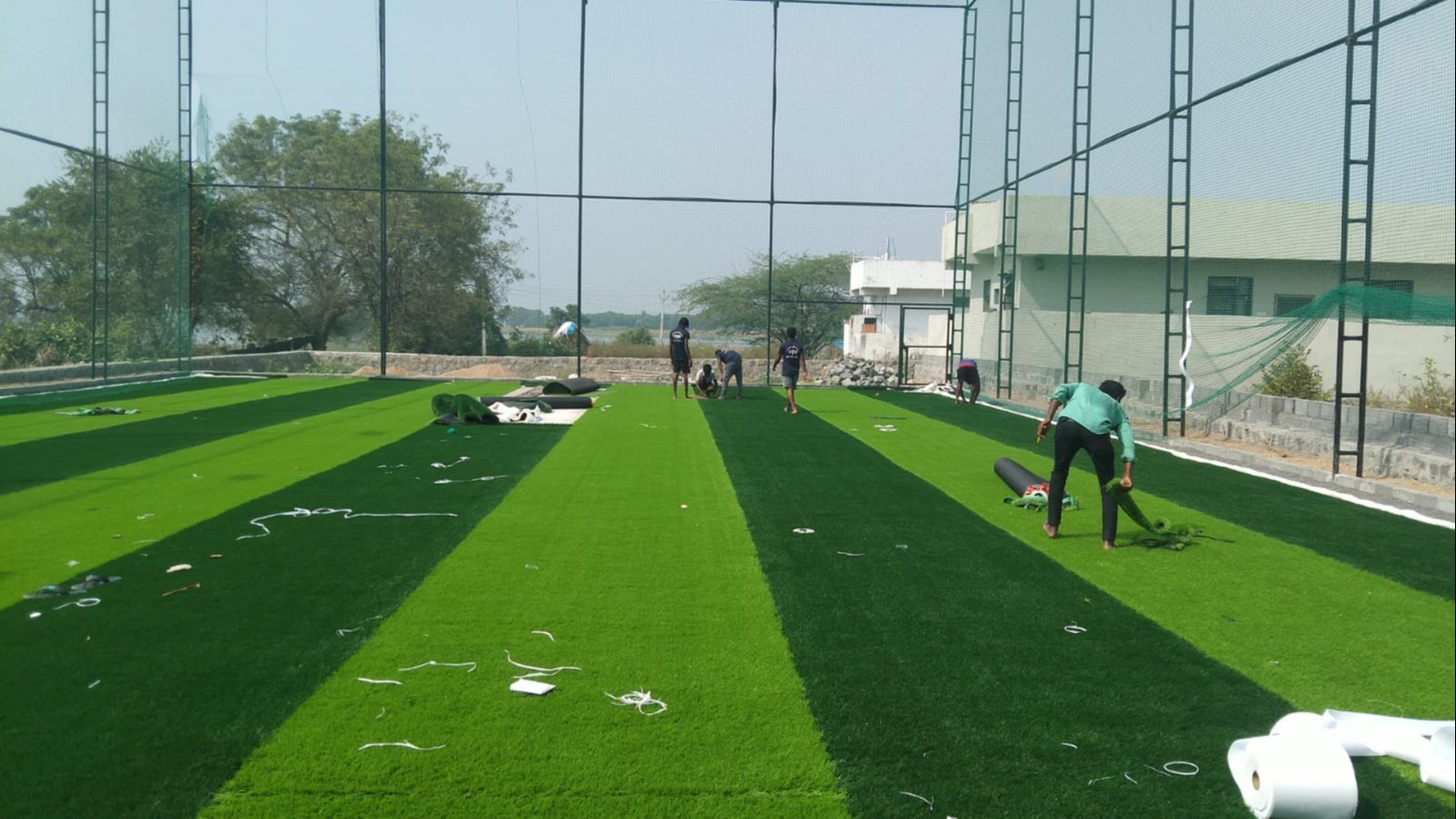
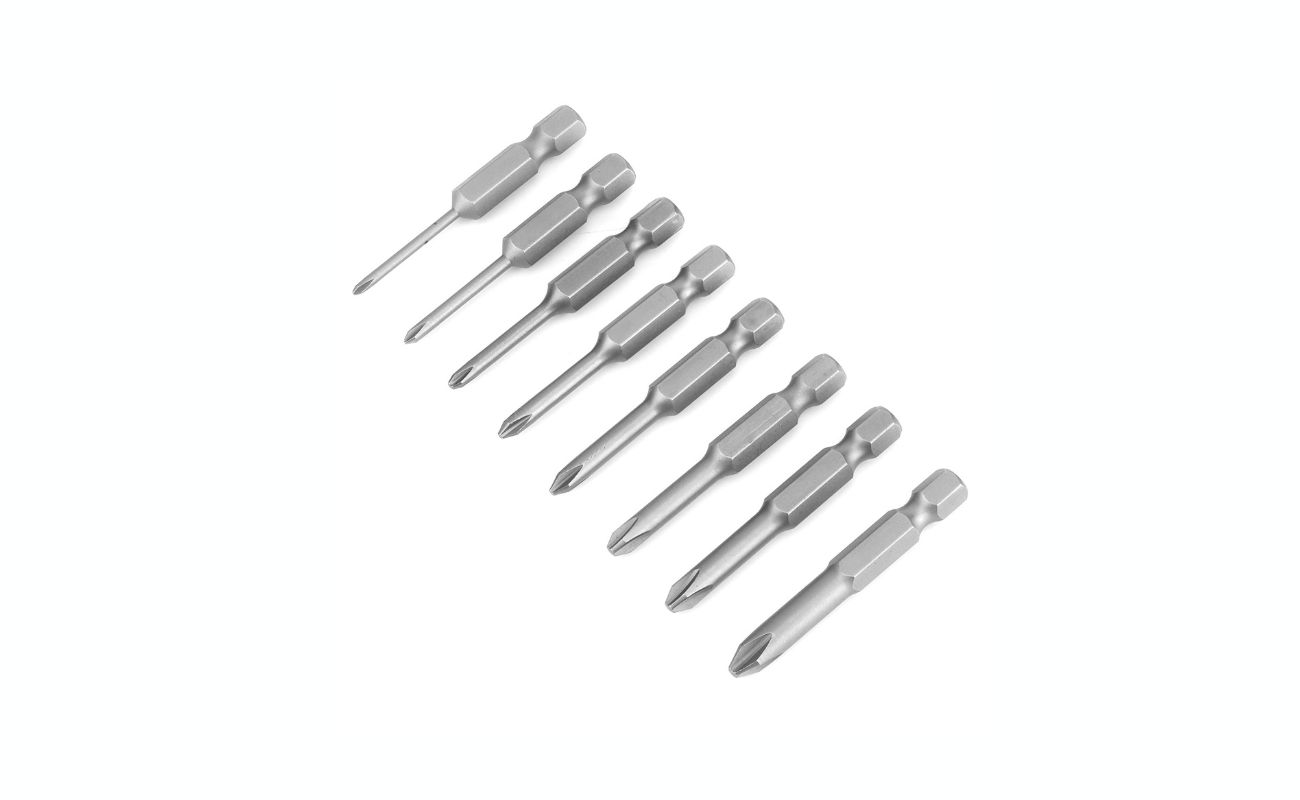
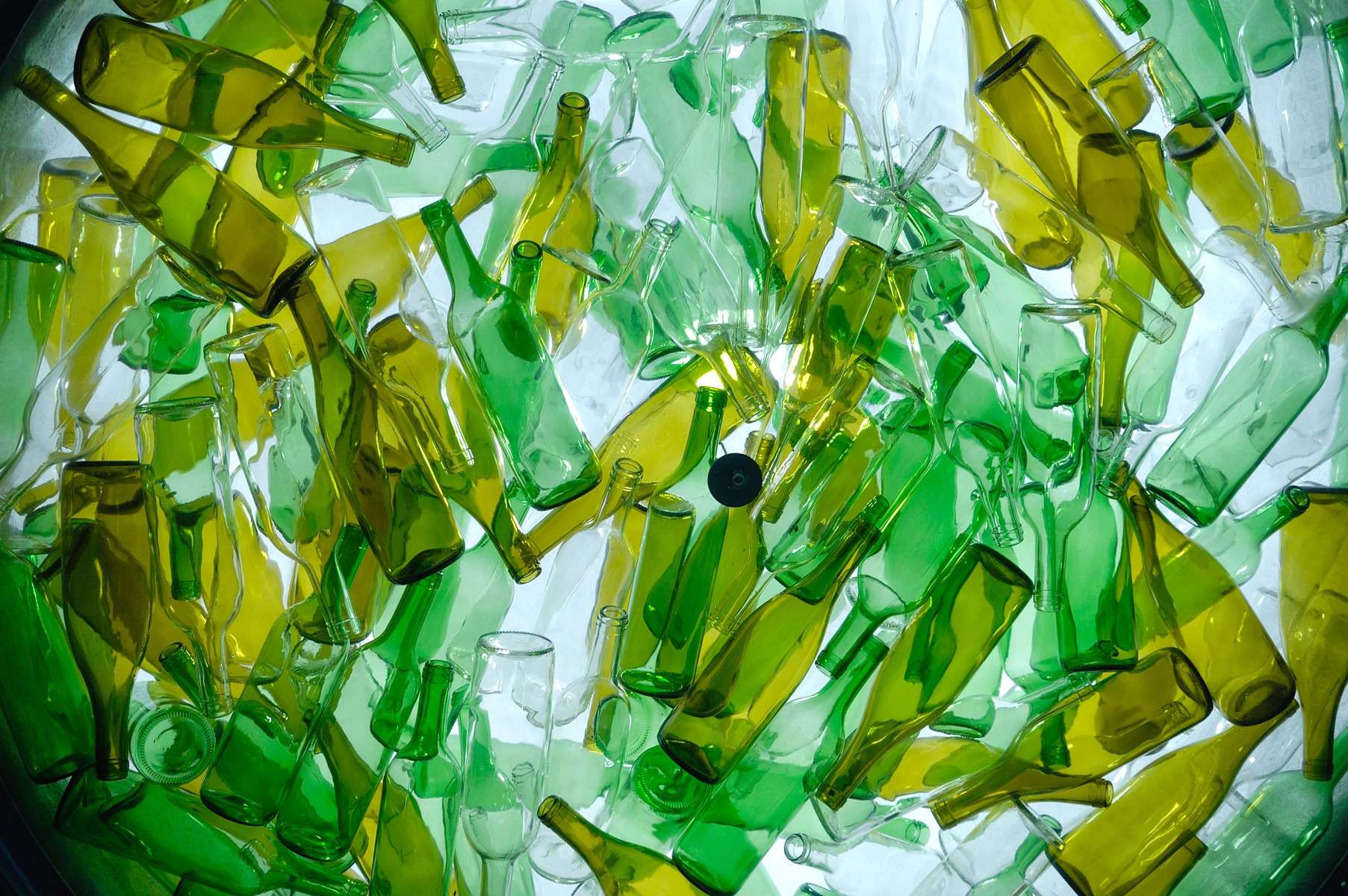
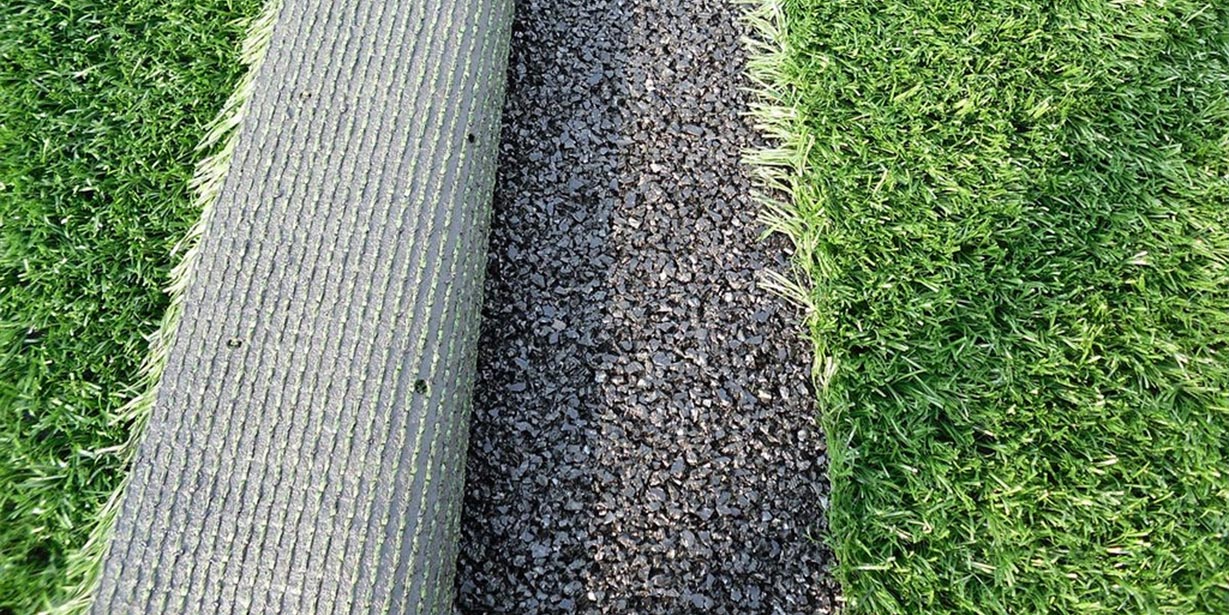
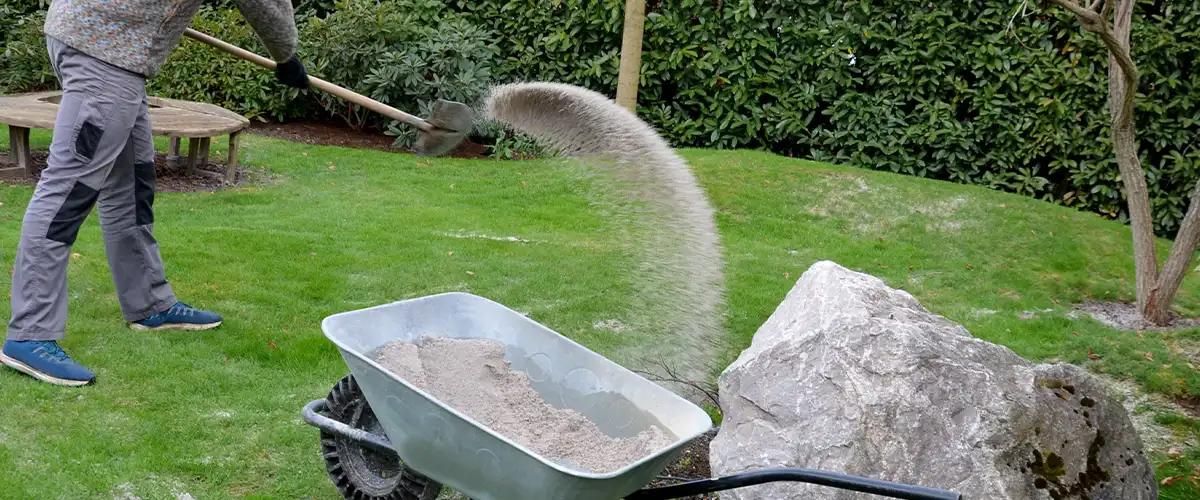
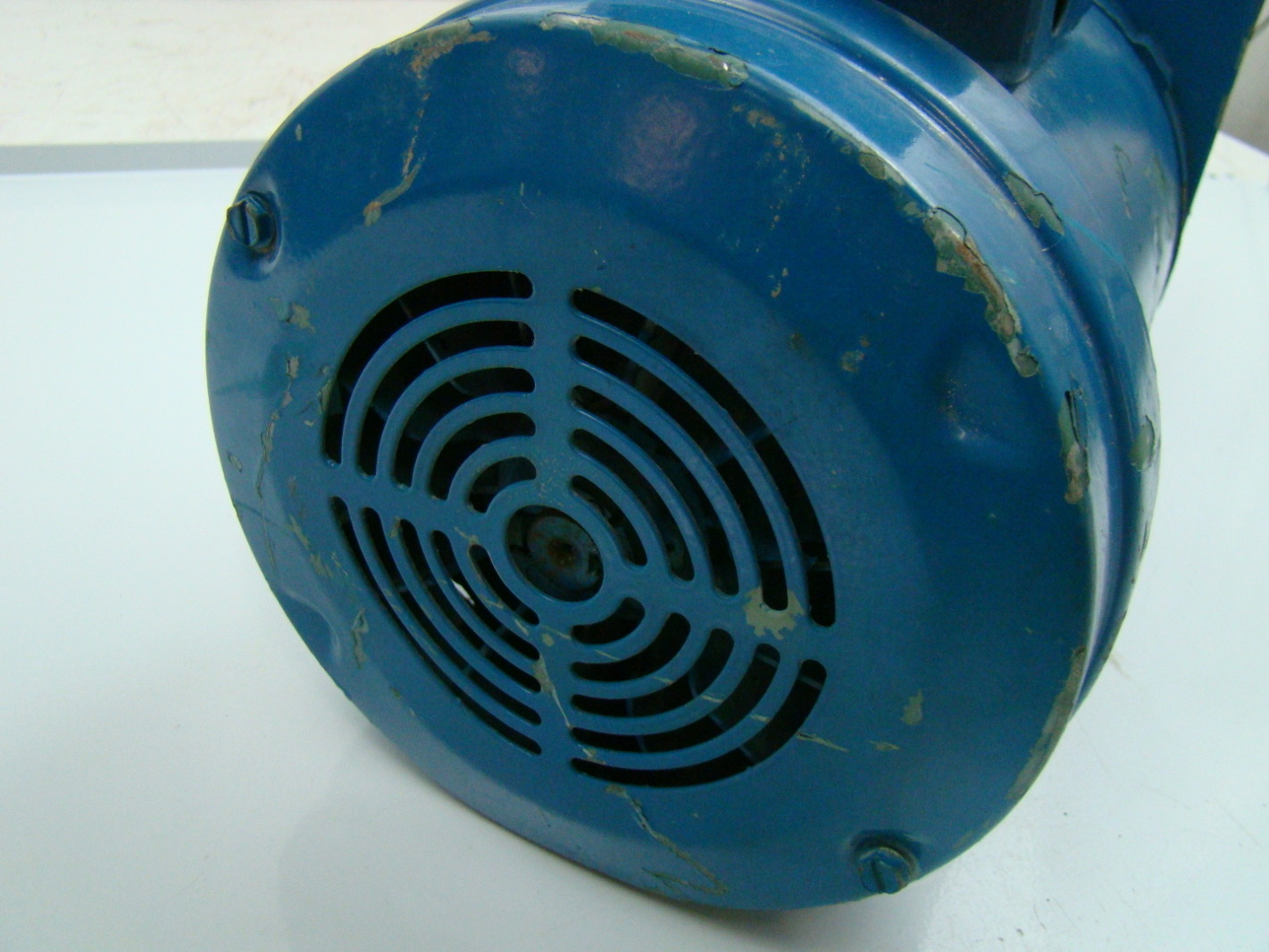
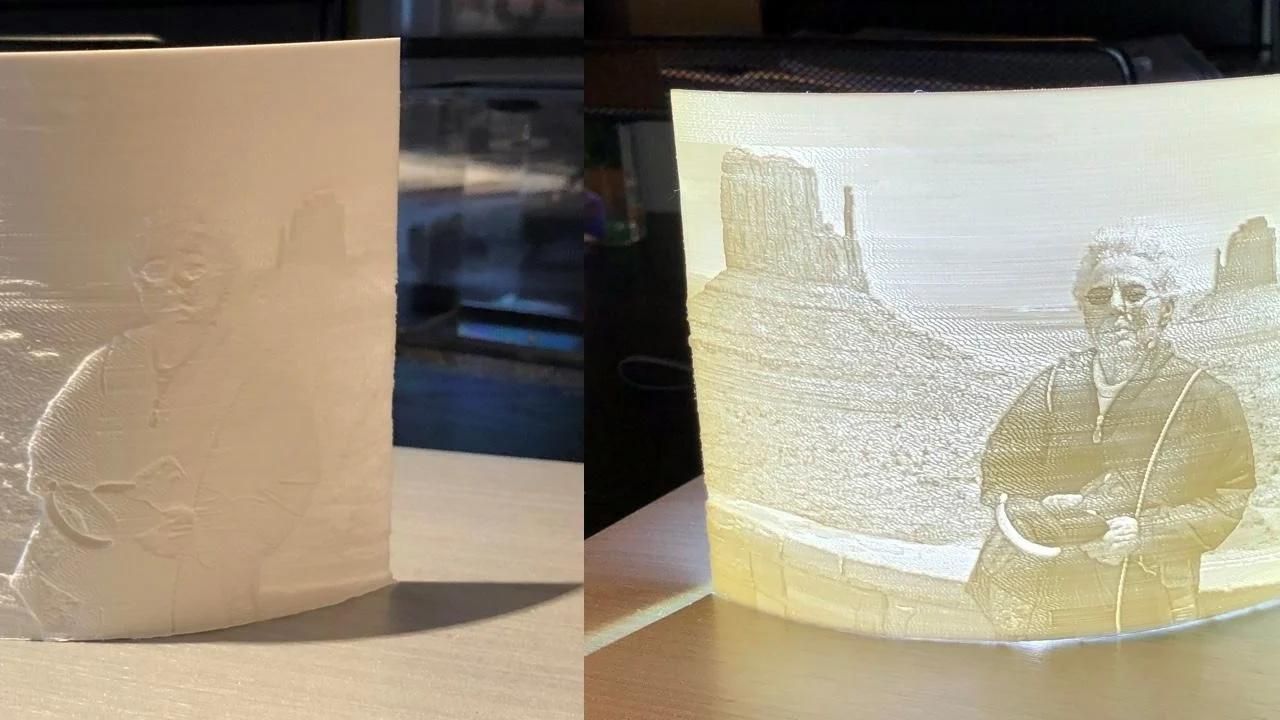

0 thoughts on “Which Infill Percentage To Use”